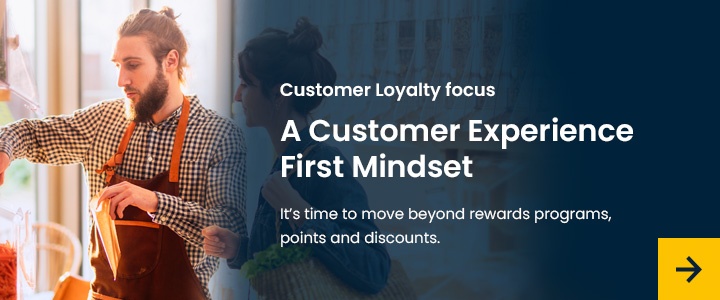Why is UX and Design for E-commerce Vital to Meeting Customer Expectations?
Online shoppers have high expectations and low patience.
They know what they want and they’re not afraid to go elsewhere to get it. This means that the slightest inconvenience could send them to a competitor. Long site load times? Gone. Difficulty navigating? Gone. Convoluted checkout process? You get the picture.
What’s worse, these expectations are constantly becoming more sophisticated in line with new developments and experiences. For example, many customers now expect to be able to check store stock levels online before a store visit or to order online and collect in-store.
The technical elements of introducing this type of experience are one thing. But you also have to consider what the UX will be. How will this look and work on the website? What exactly are customers looking for from this service? What must it do to meet their expectations?
For example, to some customers a Click & Collect offering means products should be available immediately for collection, whereas others might expect to be able to collect in two hours or 24 hours.
All of these aspects will feed into the UX in order to maximize conversions by ensuring that the site meets customer expectations as much as possible.
Another important consideration in UX and design for e-commerce is the online expression of your brand. This is particularly important for retailers who have previously only sold offline.
UX and design play a key role in not only making sure that your website is recognisably part of your brand, but to also make the experience of using it feel like your brand. If you’re a fashion brand with a young customer base, then the user experience should reflect that. In turn, a long-established luxury brand may focus on different elements of user experience to convey that look-and-feel.
What’s more, these customer expectations are not fixed. They are constantly changing over time, which means your UX and design also needs to change.
It’s for this reason that we take a modular approach to e-commerce platform design. Not only is it faster to bring a modular solution to market, but you can also modify and update your e-commerce solution over time without having to reinvent the whole site.
What’s more, a modular approach means it’s easy to test out new design elements such as colors and page layouts in A/B tests to see how customers respond before you make a change.
Conclusion: To Balance UX and Design for E-commerce Requires Data and Skills
User experience is the bridge between what you hope to achieve with your e-commerce site and what your customers expect in terms of experience.
By looking at data and customer behavior you can identify the pain points where customers drop off and improve the flow to help them convert. But you can also get a sense of which areas of potential friction, such as pop-ups, are driving conversions and can be kept.
UX and design for e-commerce is not about an end goal of a frictionless buying experience. In fact, a little bit of friction can be very valuable. The important thing is to be able to determine where the line is between a customer converting and a customer clicking away.
If you’re struggling to get the balance right between your sales goals and your e-commerce customer experience, get in touch to see how we can optimize your UX.











